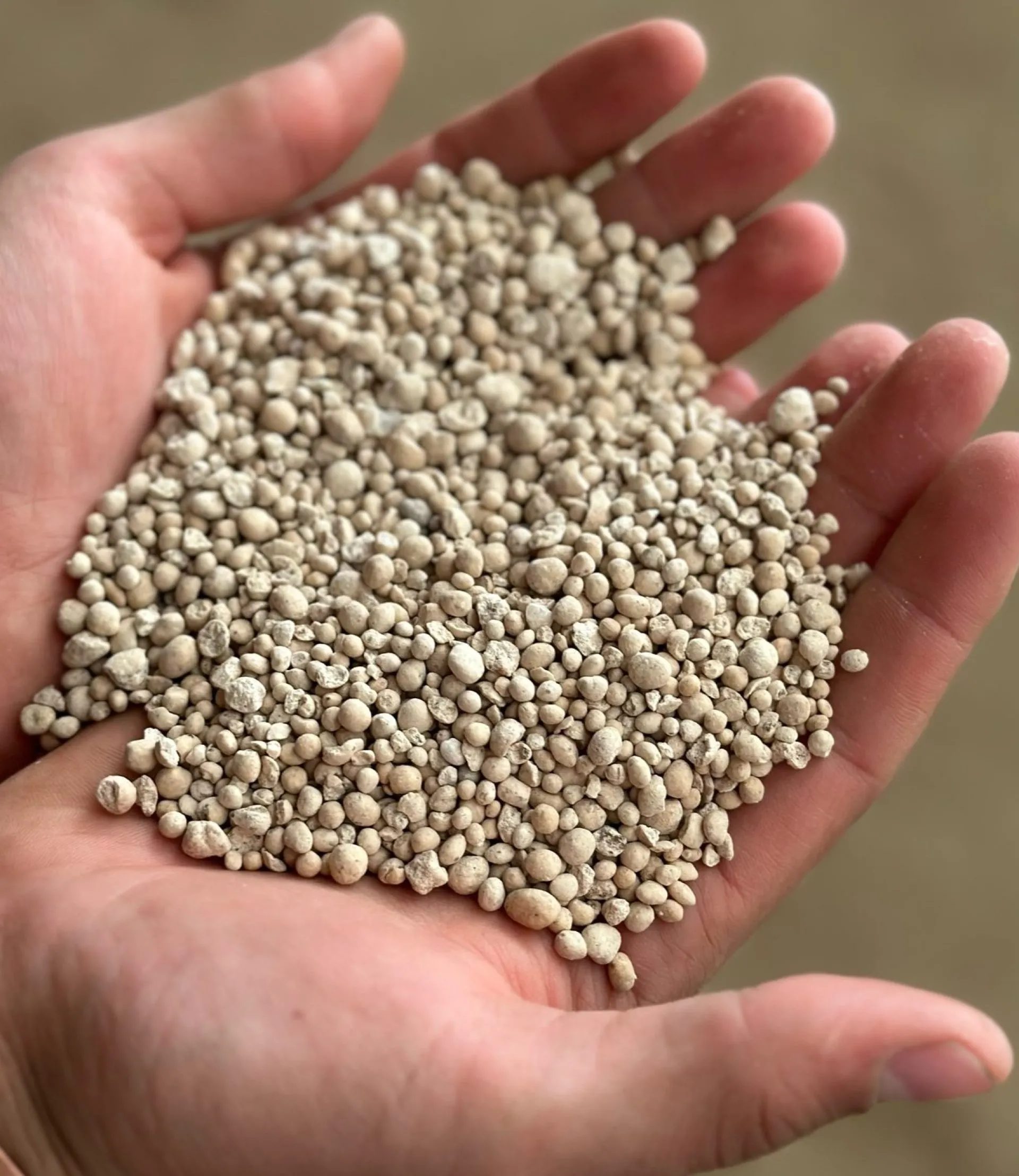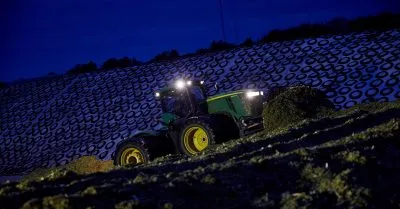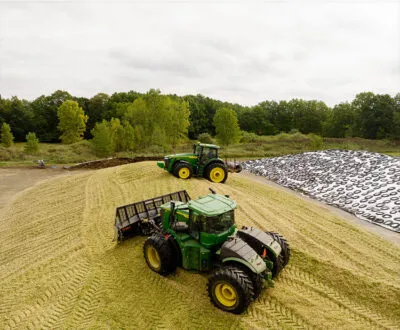Fertilizing Preparation
Fertilizing your field is one of the most important parts of planting preparation, so it might seem like overkill to prep for fertilization, right? But as any farmer knows, there is no such thing as too much preparation, even when it comes to preparation! And fertilizer is no exception. You need to know exactly what is needed on your farm in order to make the best decisions for the year ahead. Here are some key considerations to keep in mind for your preparation:
Sample the soil
Not all fertilizers are created equal, so you need to know what your soil consists of to know what it needs most. Soil testing tells you the nutrient composition of your soil so that you can make informed decisions about your nutrient application. Soil testing should happen on a regular basis as soil composition can and will change.
The most accurate way to understand your soil makeup is to get a lab analysis, so be sure to get a clean and accurate sample, keeping it pure and untainted until it is packaged up. If you’re in doubt about collecting a sample properly, have your agronomist handle it. They love getting their hands dirty!
Remember that more isn’t always better
There is such a thing as too many nutrients, so make sure that after you get your soil analysis back, you adjust your fertilizer mix accordingly. Only give your dirt (and subsequent crops) what they need! Anything else is just wasting money at best, and at worst can be harmful to your crop and the environment.
Know your fields and your crop
A field’s history can give insights into creating a well-rounded fertilizer program. Previous soil samples can give an idea of what may come from the newest sample. The history of what was planted in the field and what previous fertilizer applications were used can provide valuable information. Previous crops will not only draw nutrients from the soil, but some crops can even contribute to soil fertility. Knowing the field history, in addition to the current soil composition will allow for informed decisions on fertilization, reduced input costs, and increased quality and yields.
Different forages need different things. You should compare your soil analysis to your crop needs. Every seed strain is different and will require a different amount of nutrients to maximize quality in yield. For example, corn silage nutrient removal rates are much higher than if the crop was harvested for grain or another crop was planted in the same field. Crops generally do not need the three primary nutrients in the same amounts. There’s no one-size-fits-all fertilizer solution, which is why soil analysis is so vital.
Using a nutrient calculator can go a long way toward letting you know exactly what fertilizer to buy for your crop. There are a few good examples here and here.
Additional soil fertility tips
Fertilization, whether with liquid manure or synthetic fertilizer, is not the only way to improve soil fertility. Certain crops like legumes can improve soil composition by fixing nitrogen. Other ways to improve soil fertility include using cover crops, no-till programs, and reducing soil compaction.
Getting your fertilizer right for your crop is the first step on the long road toward a successful harvest. But with a few simple steps and the right tools, your planting season will start off on solid ground. For more information about fertilizer, check out this blog or contact your BONSILAGE rep today.



